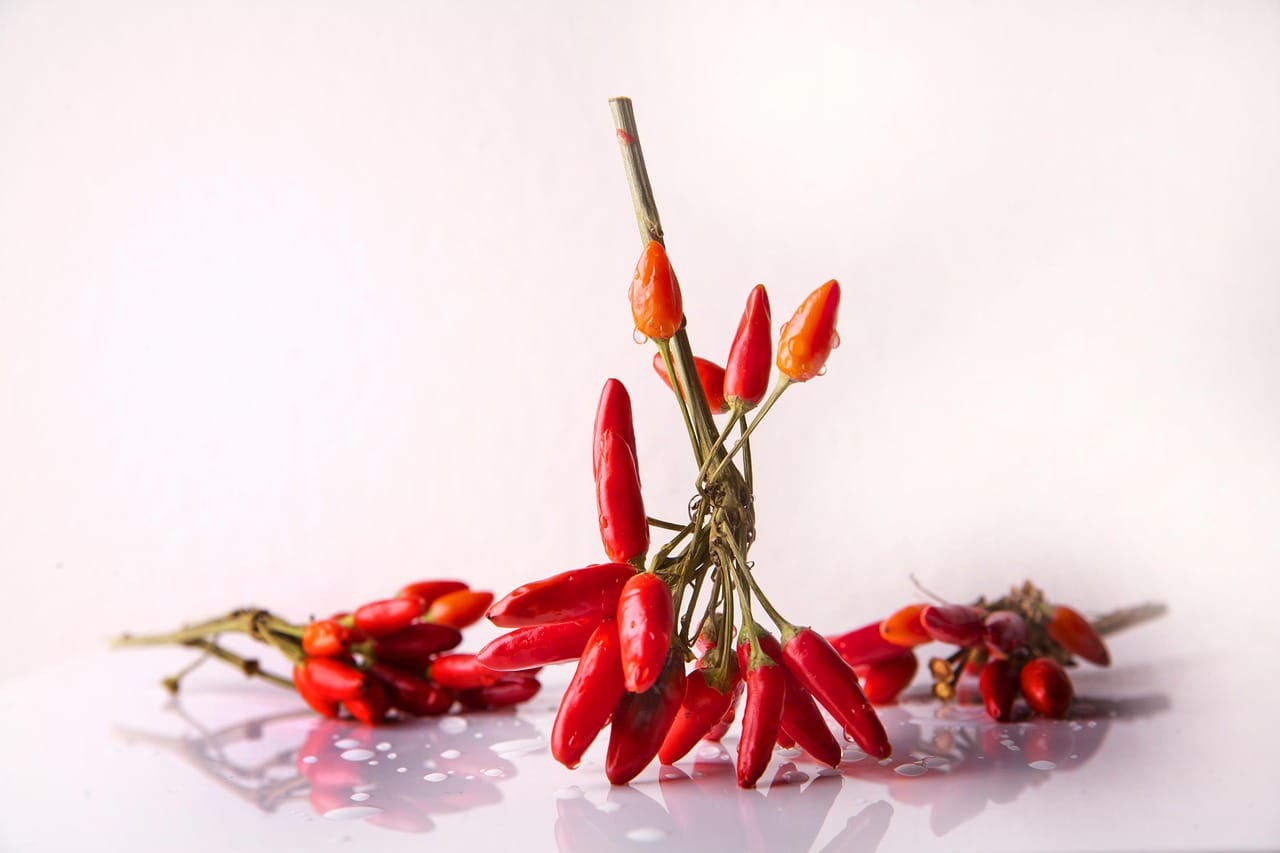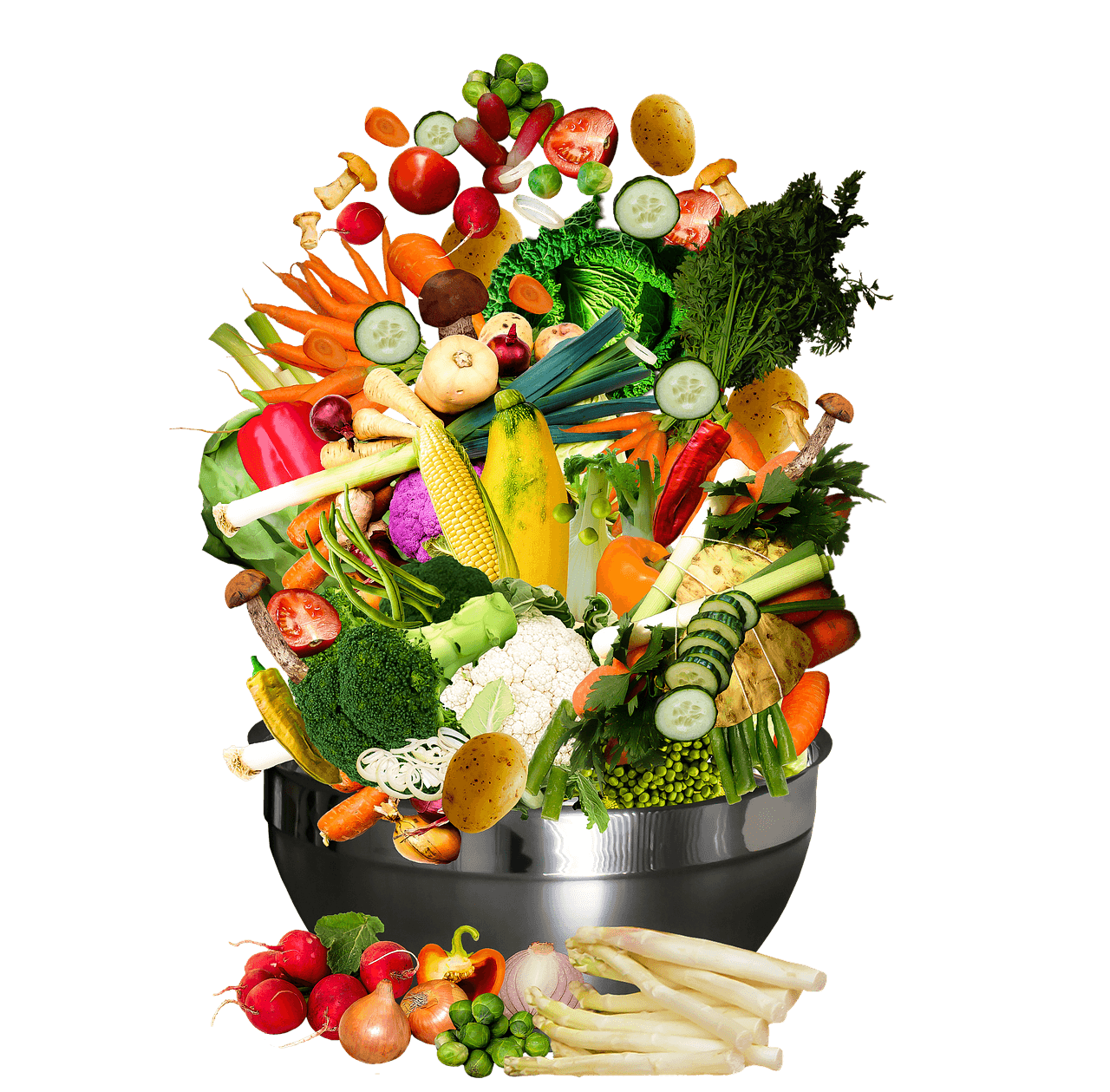Chickpea curry, or Chana Masala, is a vibrant and flavorful vegetarian dish that’s a staple in Indian cuisine. This comforting and nutritious curry is not only incredibly delicious but also surprisingly easy to make. Whether you’re a seasoned cook or a kitchen novice, this guide will provide you with everything you need to create a perfect chickpea curry at home. We’ll explore the dish’s origins, health benefits, essential ingredients, step-by-step cooking instructions, and serving suggestions to elevate your culinary experience.
Understanding Chickpea Curry
Chickpea curry, also known as Chana Masala (where “chana” means chickpeas and “masala” refers to a blend of spices), is a popular dish originating from the Indian subcontinent, specifically the Northern regions of India. It has become a global favorite due to its simplicity, nutritional value, and bold flavors.
History and Origins
- The dish’s history is deeply intertwined with the agricultural practices of the region, where chickpeas have been cultivated for centuries.
- While specific historical records are scarce, chickpea curry has likely been evolving over time through family recipes and regional variations.
- Chana Masala often appears on restaurant menus across the world, each with its unique adaptation of the authentic dish.
Nutritional Benefits
- High in Protein: Chickpeas are an excellent source of plant-based protein, making this curry a great option for vegetarians and vegans. One cup of cooked chickpeas contains around 15 grams of protein.
- Rich in Fiber: The high fiber content promotes digestive health and helps regulate blood sugar levels. A single serving can provide a significant portion of your daily fiber needs.
- Good Source of Iron: Chickpeas are a good source of iron, which is essential for energy production and preventing anemia.
- Contains Essential Minerals: This curry is packed with essential minerals like folate, magnesium, and potassium, which are crucial for overall health.
- Low in Fat: Chickpea curry is naturally low in fat, especially when prepared with minimal oil.
- Actionable Takeaway: Embrace chickpea curry as a healthy and flavorful addition to your diet, capitalizing on its rich protein and fiber content.
Key Ingredients for Authentic Chickpea Curry
Creating an authentic chickpea curry relies on a blend of key ingredients that contribute to its distinct flavor profile. Choosing fresh and high-quality ingredients is crucial for achieving the best results.
The Chickpeas
- Type: You can use either canned chickpeas or dried chickpeas. Dried chickpeas require soaking and cooking before use, but they often offer a slightly better flavor and texture.
- Preparation: If using dried chickpeas, soak them overnight or for at least 8 hours. Drain and rinse them before cooking. Pressure cooking can speed up the cooking process significantly.
- Canned Chickpeas: Rinse canned chickpeas thoroughly before adding them to the curry. This removes excess starch and sodium.
The Spice Blend (Masala)
- Essential Spices: Ground coriander, cumin, turmeric, red chili powder, and garam masala form the backbone of the flavor.
- Aromatic Spices: Ginger, garlic, and onions are essential aromatics that add depth and complexity to the curry.
- Optional Spices: Amchur (dried mango powder) and Kasuri Methi (dried fenugreek leaves) can be added for extra tanginess and aroma.
- Fresh Herbs: Fresh cilantro is typically used as a garnish, adding a burst of freshness.
The Base
- Tomatoes: Canned diced tomatoes or fresh tomatoes (pureed) form the base of the curry.
- Onions: Browned onions provide a sweet and savory foundation for the flavors.
- Ginger-Garlic Paste: Using freshly made ginger-garlic paste intensifies the overall flavor.
- Actionable Takeaway: Invest in good-quality spices and fresh ingredients to elevate your chickpea curry from ordinary to extraordinary. Pre-made garam masala blends can simplify the process, but sourcing whole spices and grinding them yourself yields the best flavor.
Step-by-Step Cooking Instructions
Following a well-structured recipe is essential for creating a delicious and authentic chickpea curry. Here’s a detailed guide to help you through the process.
Preparing the Chickpeas
- Dried Chickpeas: Soak 1 cup of dried chickpeas overnight or for at least 8 hours. Drain, rinse, and cook them in a pressure cooker or pot until tender (about 20-30 minutes in a pressure cooker, or 1-1.5 hours in a pot).
- Canned Chickpeas: Drain and rinse two 15-ounce cans of chickpeas.
Making the Curry
Tips for Best Results
- Spice Level: Adjust the amount of red chili powder to control the spice level according to your preference.
- Consistency: Add more water or chickpea cooking liquid to achieve your desired consistency.
- Flavor Enhancement: A squeeze of lemon juice at the end can brighten the flavors.
- Slow Cooking: Simmering the curry for a longer period allows the flavors to develop more fully.
- Actionable Takeaway: Follow these step-by-step instructions carefully, paying attention to the sautéing process and simmering time to maximize flavor development.
Serving Suggestions and Variations
Chickpea curry is a versatile dish that can be enjoyed in various ways. Experimenting with different serving options and variations can keep your meals exciting.
Serving Ideas
- Rice: Serve with basmati rice or brown rice for a complete and satisfying meal.
- Bread: Pair with naan, roti, or paratha for a traditional Indian experience.
- Sides: Complement the curry with raita (yogurt dip), sliced cucumbers, or a simple salad.
- Bowls: Create a nourishing bowl by combining chickpea curry with quinoa, vegetables, and a drizzle of tahini dressing.
Variations to Try
- Coconut Chickpea Curry: Add coconut milk for a creamy and richer flavor.
- Spinach Chickpea Curry (Saag Chana): Incorporate spinach or other leafy greens for added nutrients and a vibrant color.
- Potato Chickpea Curry (Aloo Chana): Add diced potatoes for a heartier and more filling meal.
- Spicy Chickpea Curry: Increase the amount of red chili powder or add chopped green chilies for a spicier kick.
- Vegan Chickpea Curry: Ensure all ingredients are vegan-friendly, using plant-based oil and avoiding any dairy products.
- Actionable Takeaway: Explore different serving options and variations to find your favorite way to enjoy chickpea curry. Experiment with adding vegetables, spices, or coconut milk to customize the flavor to your liking.
Conclusion
Chickpea curry is a delicious, nutritious, and versatile dish that’s easy to make at home. By understanding the history, nutritional benefits, key ingredients, and cooking techniques, you can create an authentic and flavorful curry that will impress your family and friends. Don’t be afraid to experiment with variations and serving suggestions to find your perfect chickpea curry recipe. Enjoy the process and savor the delightful flavors of this classic Indian dish!




